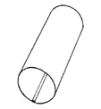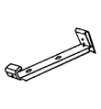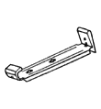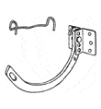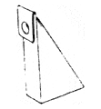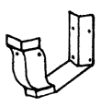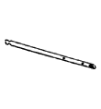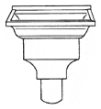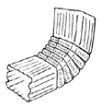Gutter Styles
What are K-Style and Half-Round Gutters and What is the Difference?
K-style and half-round are two different styles of gutters you can have installed on your home. Half-round gutters are often used for specialty gutters, simply because they are more aesthetically pleasing. Both styles are available in all materials, but because of the price difference in aluminum styles, the half-round is considered a specialty gutter style.
Many clients do not realize that there are options available when selecting the proper gutter system or solution for their home. Both are available in both 5” and 6″ and both can be used as a radius gutter. A Radius gutter can be formed around an area of your home that resembles a semi-circle.

*Half-Round Seamless only available in some locations. Ask your Solutionist
Complete Our Form for Gutter Solutions
Fill out the form today to schedule your free estimate! Our specialists will help you explore all gutter options and design the perfect system for your home and location.
Types of Gutters
Types of Leaders
A leader is more commonly known as a down spout. The down spout or leader is what is connected to the gutter and brings the water from the gutter to the ground. Leaders are available in different sizes depending on the needs of the home.
Types of Hangers
A hanger is the piece that holds the gutter together and secures it to the house. The way it works is it grabs the front lip of the gutter and snaps to the back of the gutter. Most hangers installed today by professionals you will find below. All the listed hangers use a threaded screw to secure the gutter to the house.




